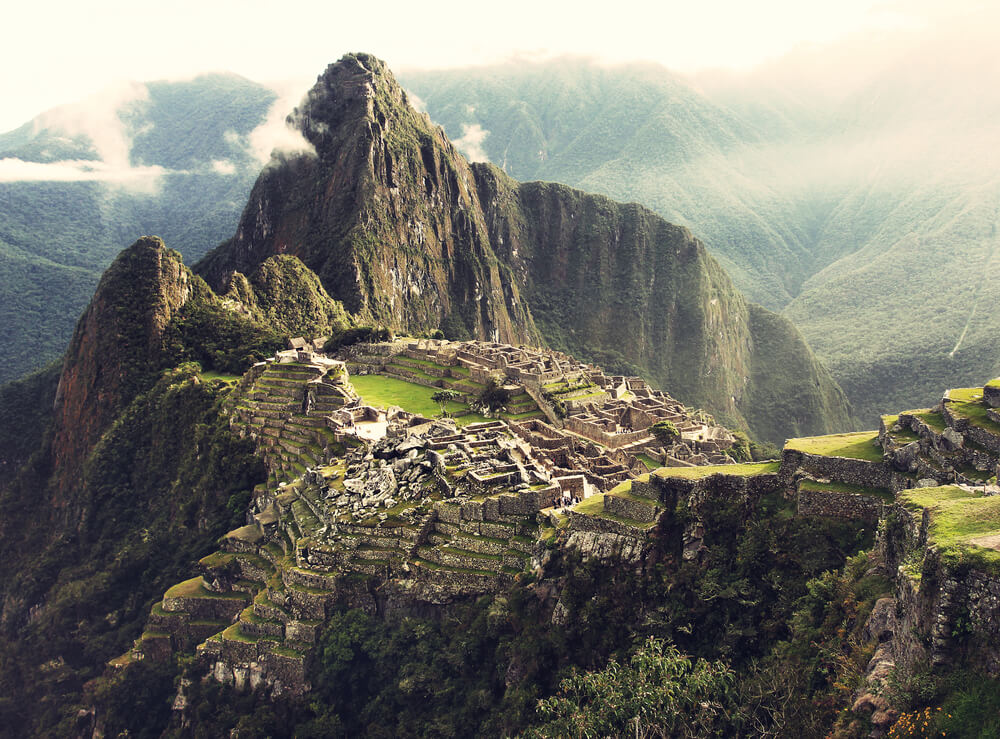On the 24th of July 1911, American archeologist Hiram Bingham made his first visit to the ruins of the Inca settlement of Machu Picchu, which has since become one of the world’s most popular tourist destinations.
A hilly region northwest of Cuzco, Machu Picchu was said to have been a summer retreat for Inca chiefs whose civilization was nearly entirely destroyed by the Spanish invasion during the 16th century. It is now a World Heritage Site.
For hundreds of years, the presence of the Incas was hidden from everyone except the peasants who lived in the surrounding area. It was in the summer of 1911 that Bingham and a small group of explorers arrived at the mythical “hidden” cities of the Incas, which changed everything.
After traveling by foot and mule from Cuzco to the Urubamba valley, Bingham and his party learned of the ruins on top of a nearby mountain from a local farmer. Machu Picchu is a name given by the farmers, which means “ancient peak” in the Quechua language of their origin.
The following day, on the 24th of July, after a difficult journey up to the crest in cold and drought conditions, Bingham came across a small group of farmers who guided him the remainder of the way to his destination. When an 11-year-old child led Bingham, he had his first glimpse of the intricate stone terraces that marked the entrance to Machu Picchu.
Hiram Bingham wrote about his finding in a best-selling book, which resulted in hundreds of excited visitors flocking to Peru to accompany him on his journey along the Inca path.
The site itself is more than 5 kilometers long, with more than 3,000 steps connecting its many levels to one another. Machu Picchu attracts over 300,000 visitors each year, who brave the crowds and landslides to witness the sunset over the towering stone structures that make up the “Sacred City” and to marvel at the mysterious majesty of what has been dubbed “the Seven Wonders of the World.”

